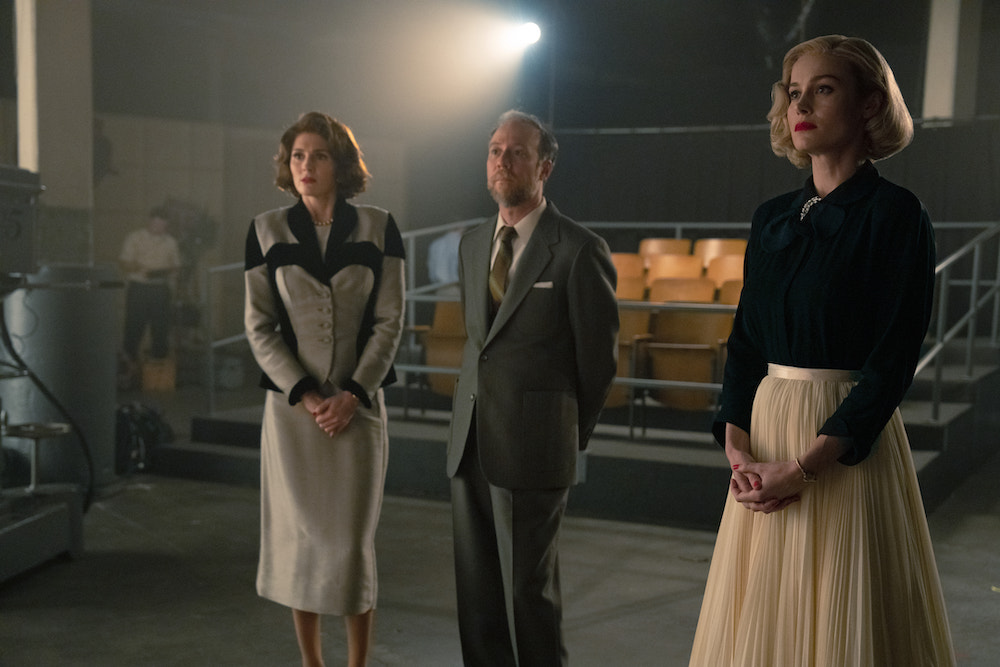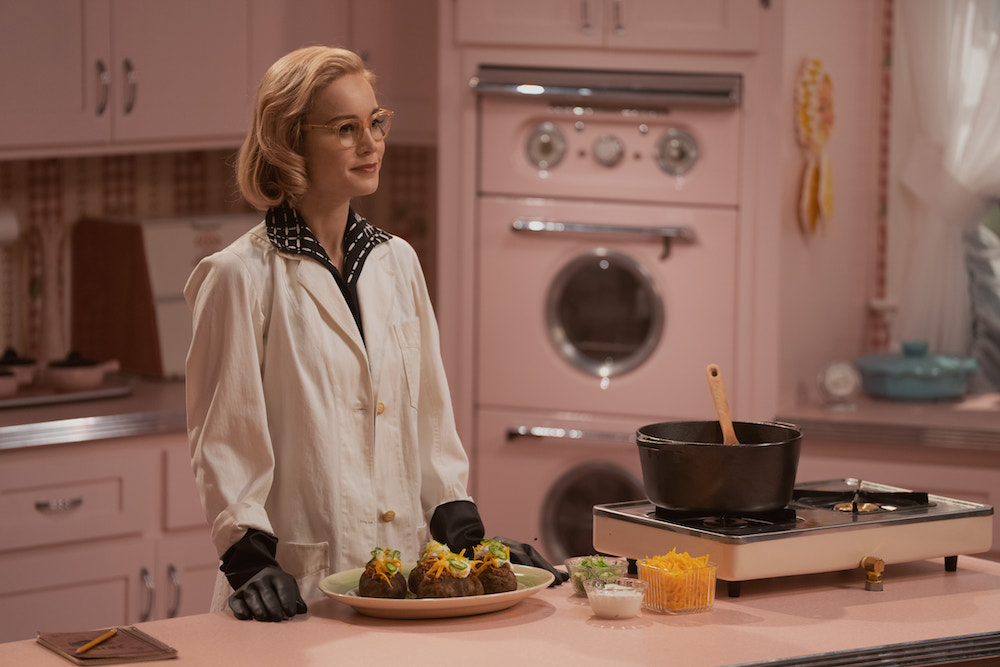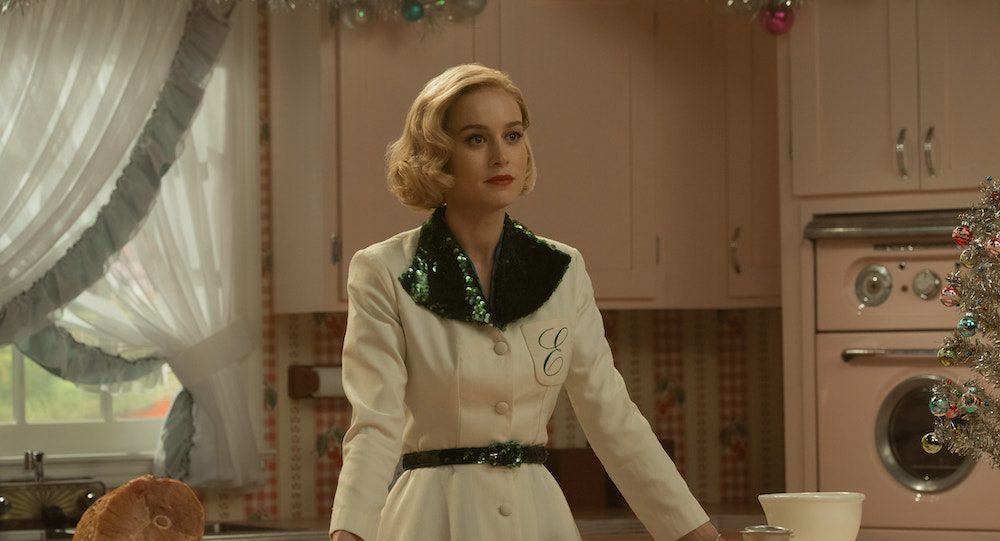Apple TV+’s ‘Lessons in Chemistry’ takes the audience to the 50s as we follow young scientist Elizabeth Zott, battling sexism and misogyny while working on a groundbreaking theory for which she garners no support from her superiors. Her life changes when she becomes the host of a cooking show, but even with that, there is a lot that Elizabeth has to deal with. Despite all the hurdles in her path, she remains steadfast in her beliefs and tries to spur her audience, especially women, into action.
Created by Lee Eisenberg, the show is a sharp commentary on gender politics and how discrimination, not just in science, creates problems for a society to develop and flourish. It hits hard on a lot of things that are relevant even today, which might make you wonder if the show is inspired by a true story. Here’s everything you need to know about it.
Lessons in Chemistry is Not a True Story But a Real Incident Inspired It

‘Lessons in Chemistry’ is based on the novel of the same name by Bonnie Garmus. The story is entirely fictional, but the reason it’s so focused on sexism in the workplace and the undervalued nature of a woman’s work is that Garmus wrote the story after an incident she experienced at work. In 2013, she worked as a creative director in an advertising agency in the Bay Area.
It hadn’t escaped her notice that she was usually the only woman in the pitch meetings, but things got a bit worse this time. Garmus revealed that in the meeting for “a major technology campaign,” she was the only one who didn’t receive feedback on her presentation. Worse, shortly after, another man repeated everything she’d just said and received full credit for coming up with that idea.
“I put up a fight because I’m not exactly a shrinking violet. And everyone ignored me. I basically stomped back to my desk. But you know what? It was a really great thing in a way because I was in such a bad mood that instead of working on the deadline that I was supposed to be working on, I sat down that day and I wrote the first chapter of ‘Lessons in Chemistry,’” the author said.
Because Garmus didn’t have a background in Chemistry, she familiarised herself with its basics. She also had to be conscious of the fact that a lot of things that are known now weren’t yet discovered, invented, or talked about back in the 50s. She couldn’t rely on Google for her research, so she bought a 50s basic Chemistry book from eBay and even tried her own experiments at home. “The fire department had to come twice for the amount of flames in my flat. So, I made some mistakes, but once I got into the chemistry, I was so glad I was forcing myself to do this because if I had not done it, I would have never realized chemistry rules us all,” she added.

Garmus was deadset on using a 50s setting for the book because she wanted to write something that would be an ode to the women of that time but also resonate with the current audience. “I could remember these housewives having to do so much work and take care of so many kids, and it was never recognized as work. It occurred to me that my daughters weren’t going to have the same job opportunities or be paid the same as men. And they would always, always have to walk home looking over their shoulder. And that’s still true in every corner of the world today,” Garmus said.
Citing Betty Friedan’s ‘The Feminine Mystique’ as one of her inspirations, she said that it wasn’t until she got into the research for the book that she “really appreciated how many limits had been imposed on that generation” of women who had to give up their career “and then being called average all the time.”
Through ‘Lessons in Chemistry,’ she hoped that readers would see that “men and women have always been exactly the same in so many important ways, including intellectually, but that keeping anybody out of science or any other career, based on their religious belief, based on their gender, based on the color of their skin, based on their age, all of it is wrong. And all of it, the most important thing is, is that [it] is completely unscientific.”
When the book was picked up to be made into a show, the creators tried to stay true to Garmus’ message and the story’s soul. They nailed the details about science and cooking by hiring experts in both fields as consultants on the show. For Elizabeth Zott, Garmus says Brie Larson is a perfect fit because the actress embodies the role exactly how the author envisioned it. With all this in mind, it’s clear that the book’s author and the show’s creators have used fictional characters and settings to focus on very real and relevant issues in today’s world.
Read More: Where is Lessons in Chemistry Filmed?


You must be logged in to post a comment.